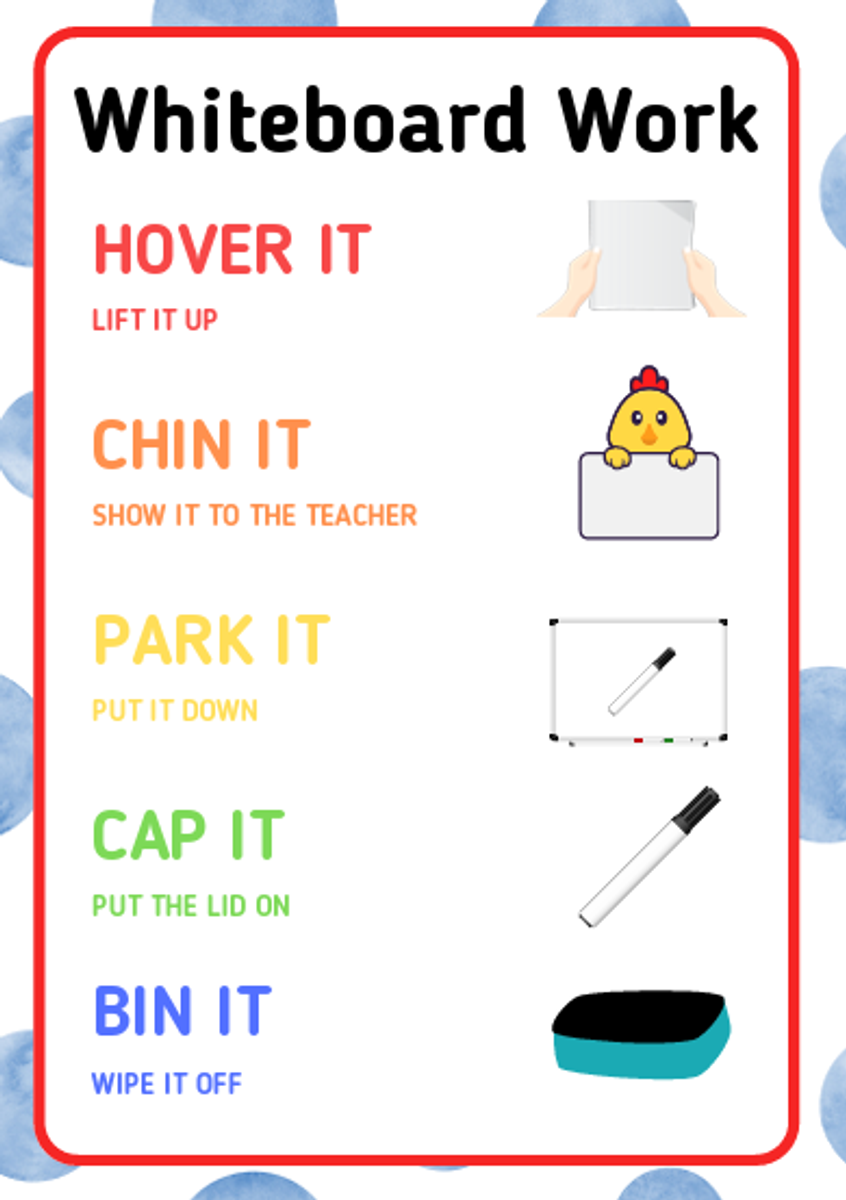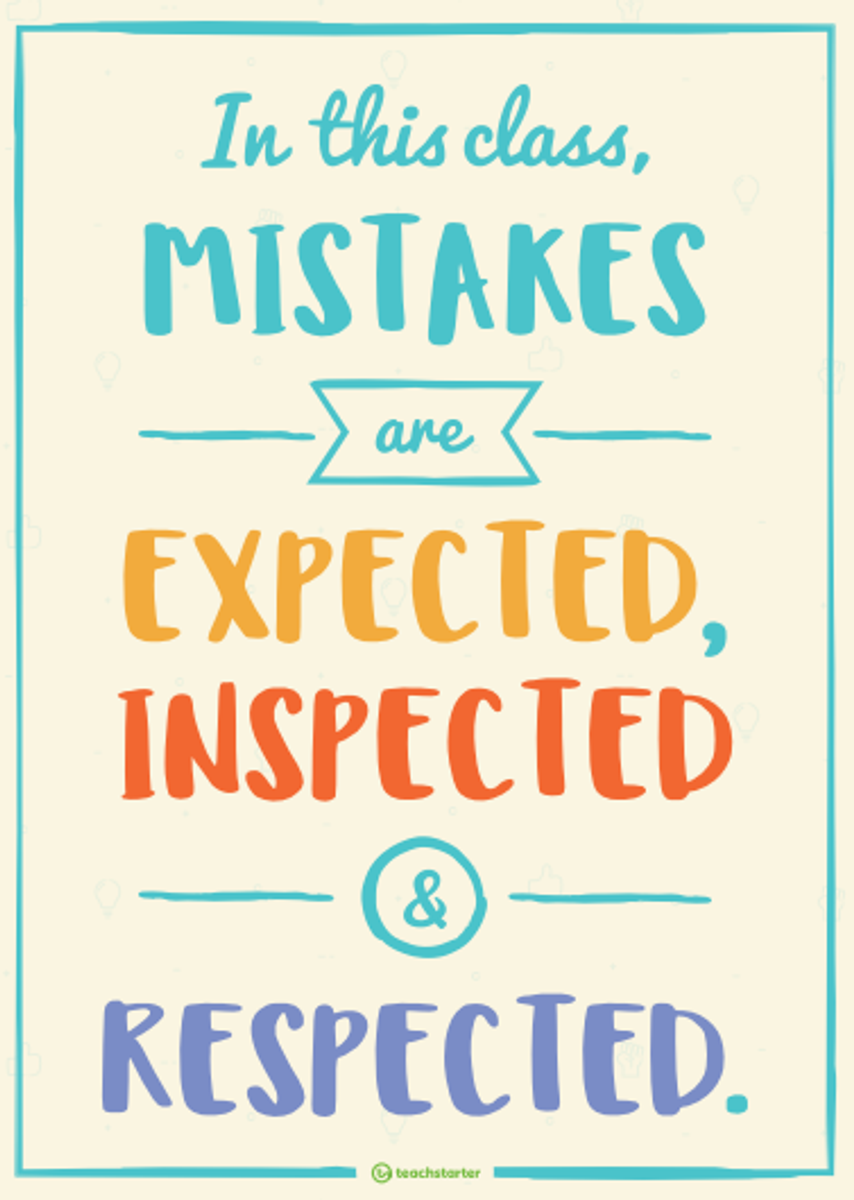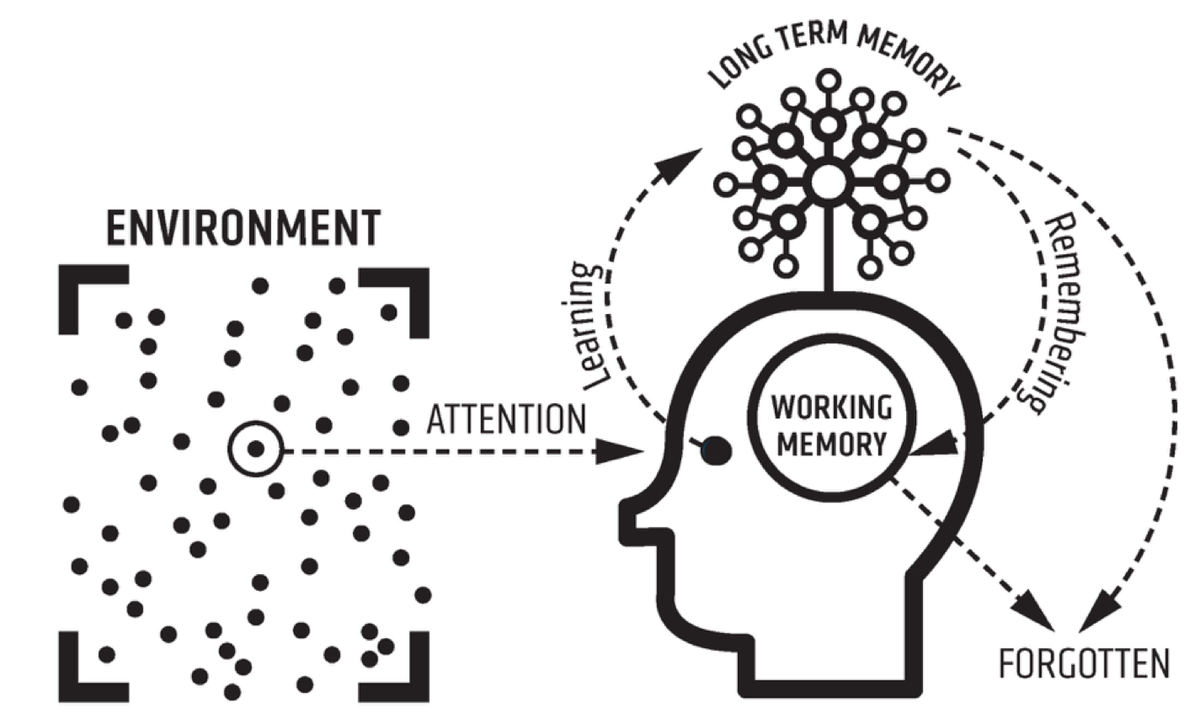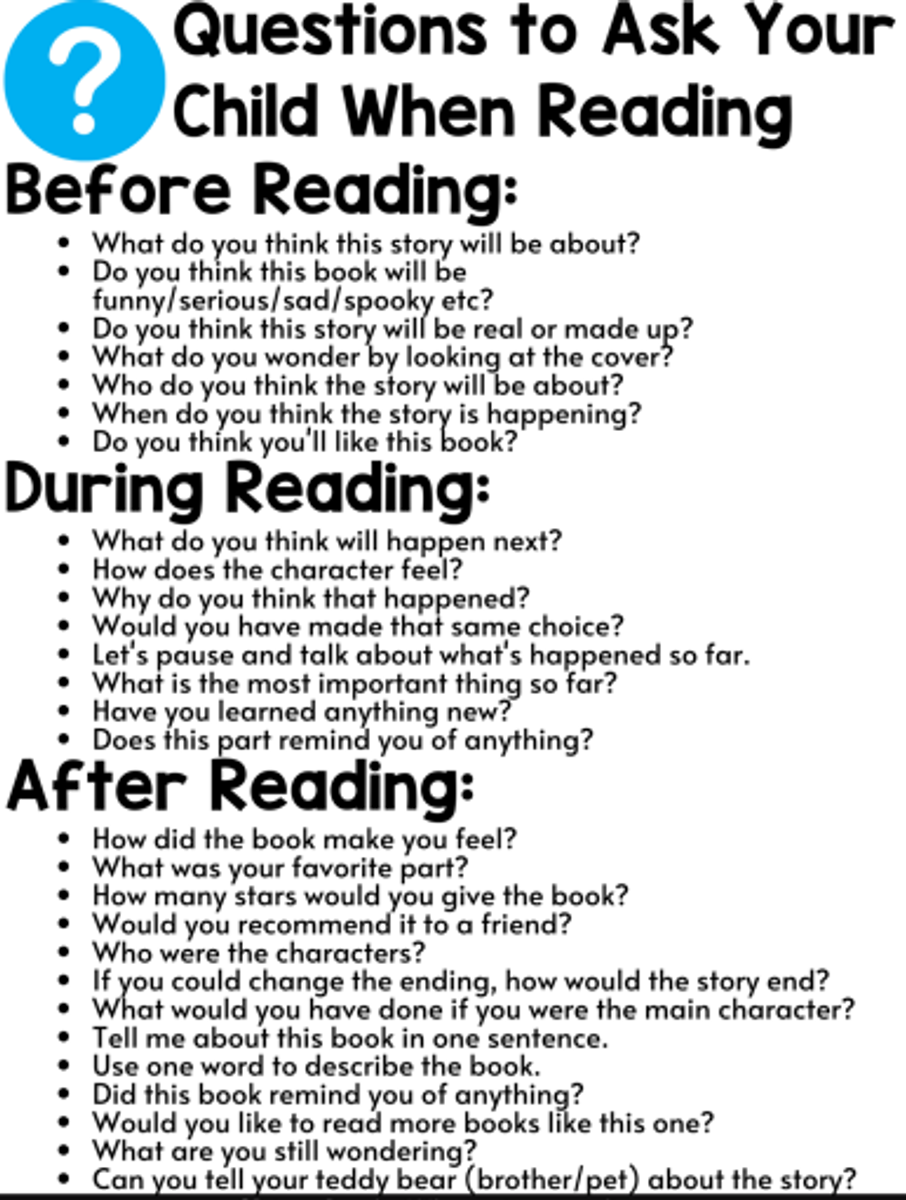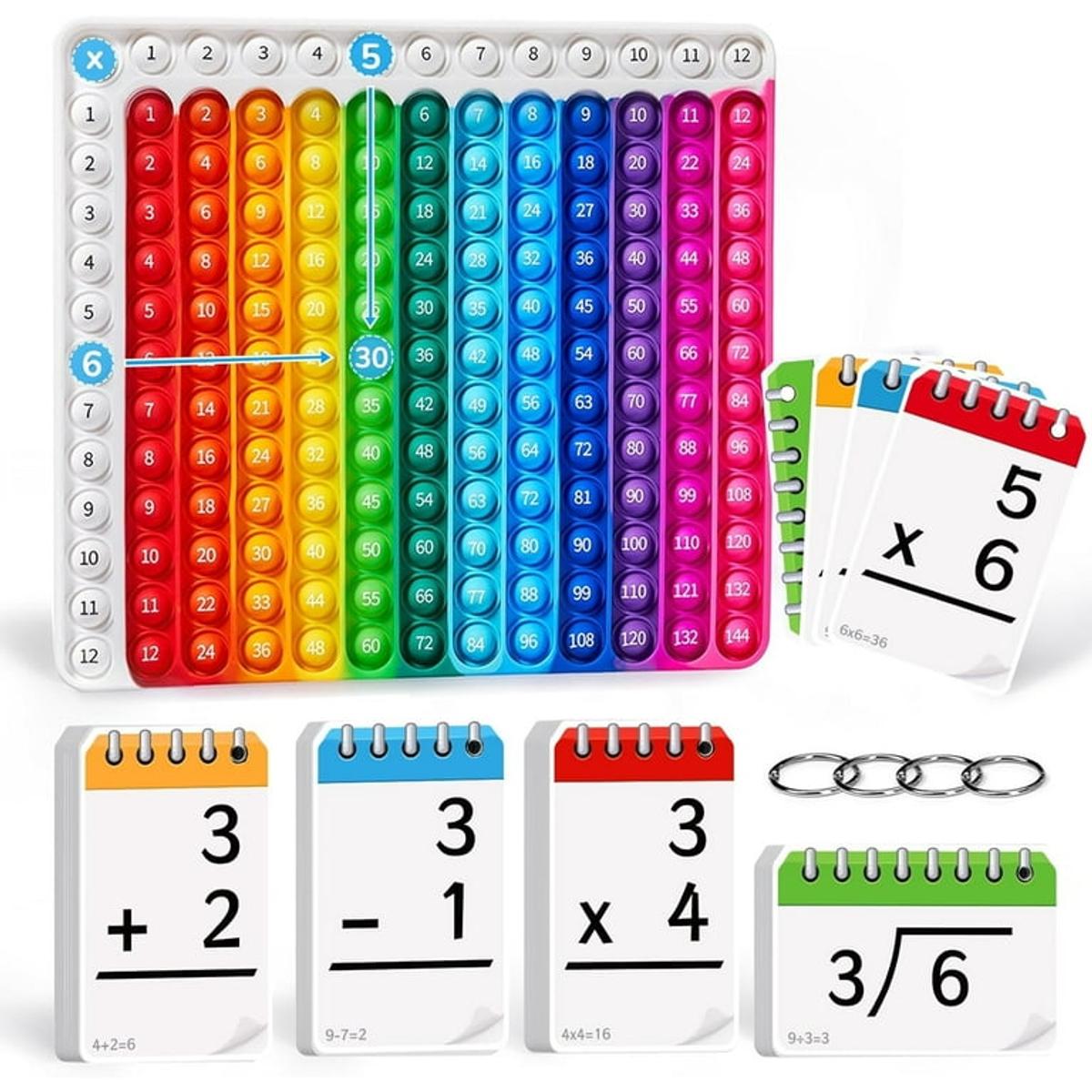Learning & Teaching

The Science of Learning at St John Vianney’s
At SJV, we believe that great learning comes not just from what is taught, but also from how it’s taught. We use research from the Science of Learning to help every child—from Prep to Year 6—develop strong thinking, literacy, and mathematics skills.
Follow this link to read more about the MACS Vision for Instruction. This plan ensures every student has a strong foundation in literacy, numeracy, and social skills, while promoting a unified, evidence-based approach to teaching. It provides teachers with the training and resources they need to support each student's success and meet their evolving needs. Read on to learn how this initiative will benefit your child’s learning journey.
Here are some of the research-backed strategies we use in the classroom to support your child's learning:
Mini Whiteboards
At SJV, one simple but powerful tool we’re using across classrooms is the mini whiteboard. These boards allow every student to actively participate in lessons by writing, drawing, or solving problems in real time. Whether it’s practising letter formation in Prep or solving mental maths in Year 6, mini whiteboards help make thinking visible. Teachers can quickly see who understands the concept and who needs more support, and students are more engaged because they all get to "have a go" at once. It’s a fun, low-pressure way to boost confidence, encourage participation, and deepen learning.
Safe Cold Calling
In our classrooms, we use safe cold calling to encourage all students to stay engaged and share their thinking. Instead of only asking those with raised hands, teachers invite different students to respond in a supportive way. This builds confidence, keeps everyone involved, and helps create a classroom where all voices are valued.
Daily Review
We start each maths lesson with adaily review to reinforce key concepts. This quick recap helps students refresh their memories, identify areas they need more practice, and build confidence. By revisiting important ideas regularly, these reviews also strengthen long-term memory, ensuring that concepts stick and can be easily recalled in the future.
Wondering how you can help at home? Here are some simple ideas.
To help your child strengthen long-term memory of essential skills like reading fluency and mental maths, here are some simple activities you can try at home:
Reading Fluency:
- Daily reading practice: Set aside time each day for reading together. Choose books at your child’s level to build confidence and gradually increase difficulty as they improve.
- Discussion and prediction: After reading, ask your child questions about the story, such as “What do you think will happen next?” or “Why do you think the character did that?” This strengthens comprehension and critical thinking.
- Re-reading favourite books: Encouraging your child to re-read books they love helps reinforce fluency and boosts confidence in their reading abilities.
Mental Maths:
- Quick quizzes: Have short, regular maths sessions where you ask your child mental maths questions, like addition or times tables. Aim for small, manageable bursts of practice.
- Times tables songs or chants: Turn learning times tables into a fun activity by using songs, chants, or apps that reinforce them.
- Everyday maths: Include your child in everyday activities that involve maths, like counting items at the grocery store or adding up prices.
Regular, consistent practice helps keep these skills fresh in their mind, turning short-term learning into long-term memory.


